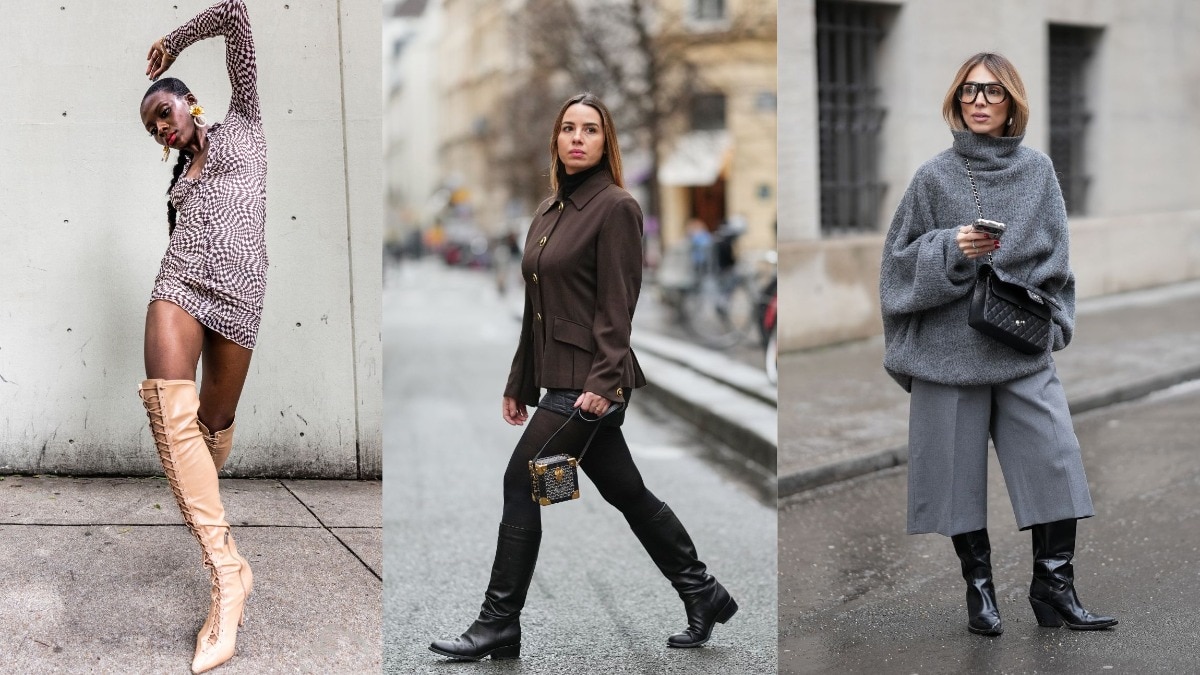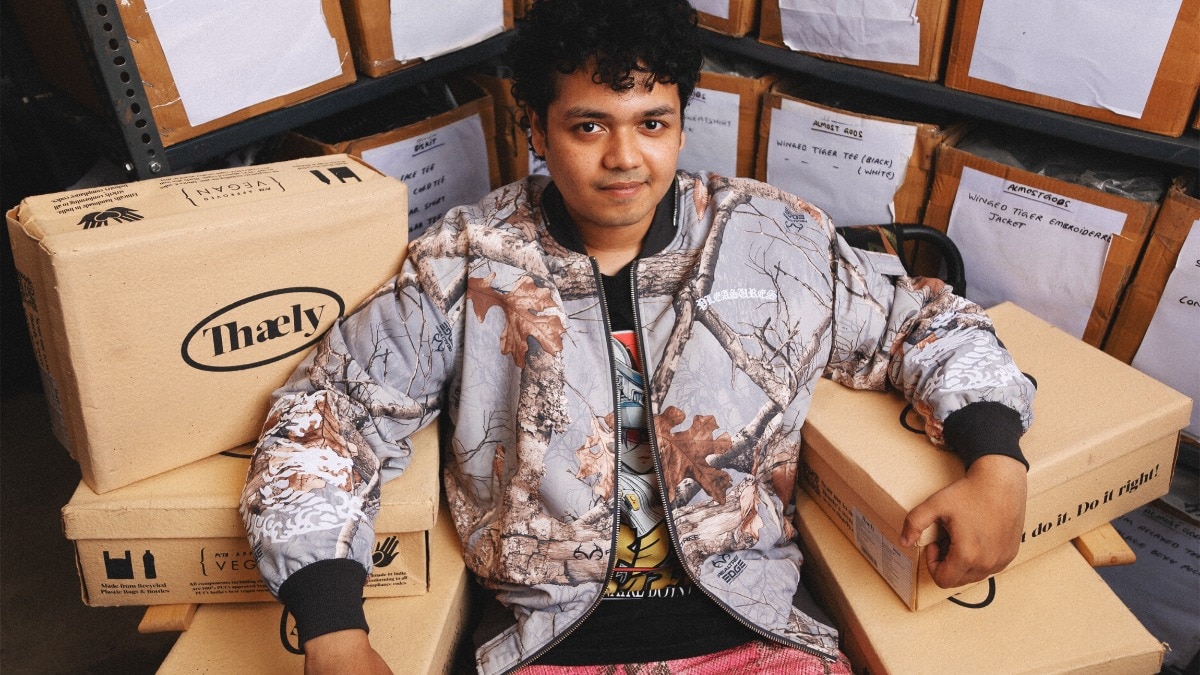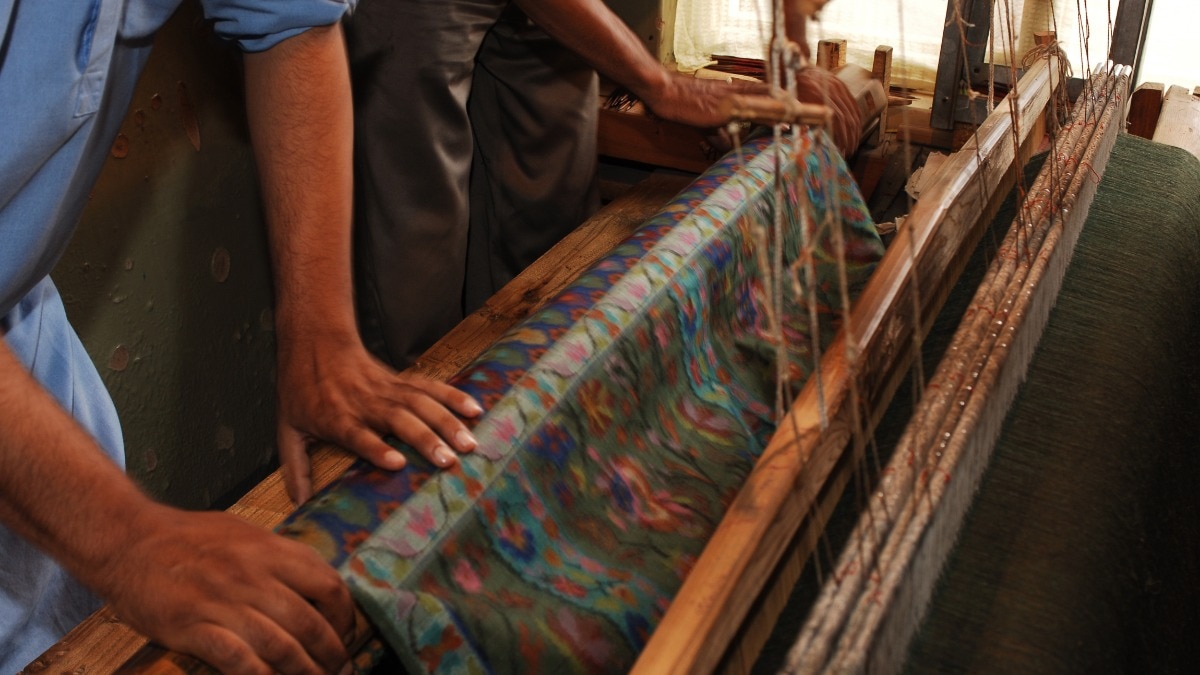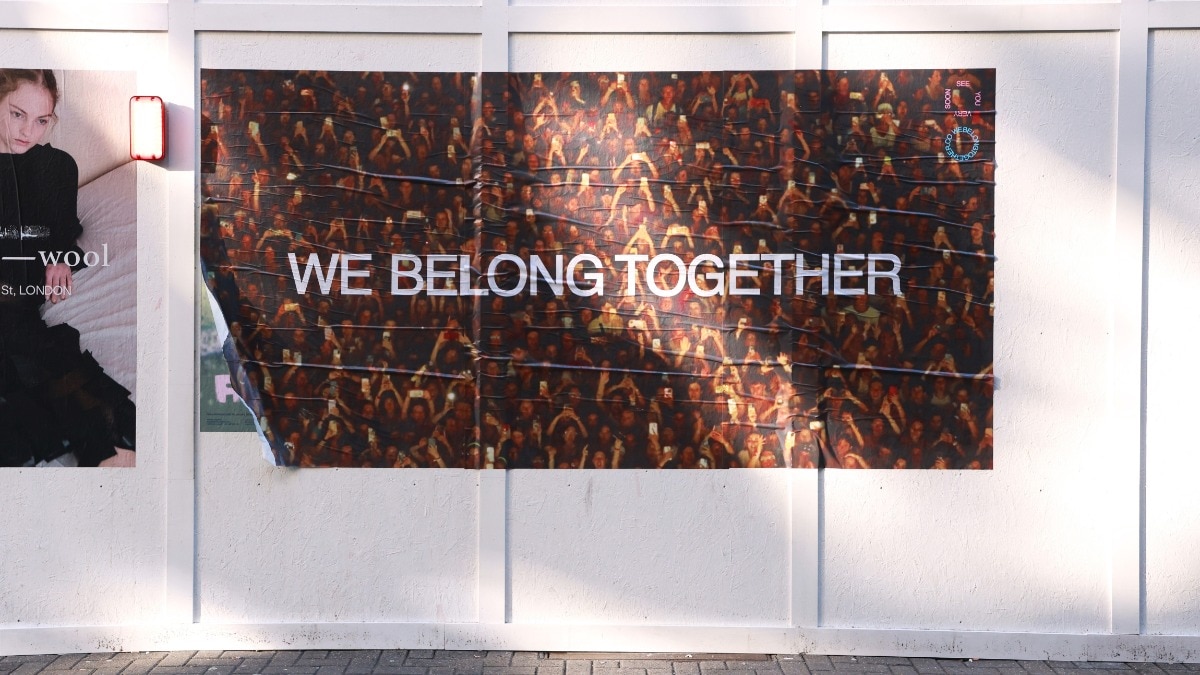
How Manish Malhotra, Sabyasachi, and others have re-introduced Indian fashion on the global stage
These pioneers have played pivotal roles in transforming Indian design into a global phenomenon, with a newfound authoritative voice.


After independence, India was understandably in the middle of an existential crisis. Years of British rule had established a new reputation for India, it had become a well-known exporter of raw materials. Born out of a subcontinent that was so deeply rooted in its crafts that were systematically targeted by colonial powers, the traditional and folk arts of the country were suffering and vanishing. The partition-induced violence resulted in the displacement of craftspeople, leaving them as refugees and torn away from their homes and livelihoods. But Indian crafts were ready to make a comeback. Over the years, Indian textiles would go on to significantly impact global fashion trends and inspire iconic collections. With a rich heritage dating back millennia, India’s intricate designs, luxurious fabrics like cotton, silk, and linen, and techniques, such as ikat, bandhani, and brocade, would influence textile production worldwide. And by the 20th Century, Indian and South Asian fashion would begin to make its mark on contemporary fashion like never before. Pioneers played pivotal roles in transforming Indian design into a global phenomenon, with a newfound authoritative voice.

India, in the early ‘50s, was re-evaluating its identity and cultural heritage. The Central Cottage Industries Emporium was established in 1952 and soon handed over to Kamaladevi Chattopadhyay, an author and social reformer. She emerged as a prominent figure during India’s freedom struggle, advocating for women’s rights and participating in civil disobedience movements, and went on to contribute to the establishment of the National School of Drama and the Sangeet Natak Akademi. Chattopadhyay built extensive networks of artisans and craftspeople, connecting them with resources, training, and markets. This created a supportive ecosystem for the revival of traditional crafts. The thing was, Indian designers and artists were bubbling to take their work to the world. One of the early trailblazers was Mohanjeet Grewal, a self-taught fashion designer, who rose to prominence with the mini sari and gold rimmed dhotis. Grewal’s journey began sari and gold-rimmed dhotis. Grewal’s journey began with her family’s migration from Lahore to Patiala during the Partition. After completing her doctorate, she worked as a journalist for the New York Herald Tribune and The New York Times. Upon returning to India in 1960, she recognised an opportunity to address the country’s foreign exchange crisis by offering the world a reimagination of Indian craftsmanship. This led her to Paris, where she started exporting Indian textiles in 1964 and eventually opened her first boutique, La Malle de l’Inde. With slow making at the forefront of her business, Grewal cut through the mass-manufactured mundane that was a common site in the French capital. The vibrant fabrics, predominantly from Rajasthan, gained immense popularity among the Indians and French.

The 1970s and 1980s were marked by a sense of rediscovery and revival of crafts and aesthetics in a rapidly modernising society. Designers like Ritu Kumar, and Satya Paul were among the first to recognise the potential of Indian textiles and craftsmanship to resonate with a Western audience. Kumar revived ancient techniques like block printing and handloom weaving, creating garments that blended traditional aesthetics with contemporary sensibilities. Paul, with his bold use of colour and graphic prints, brought a sense of youthful energy to Indian fashion. In the wake of the socio-political changes and economic challenges, there was a strong movement to reassert a cultural identity. Abu Jani Sandeep Khosla, a design duo who brought back the touch of regal elegance to Indian fashion, did it perfectly. Their opulent creations, adorned with intricate zardozi embroidery and embellished with precious stones, captured the potential of a grand nation, redefining Indian luxury for the world. Their work found its way onto the red carpets of Hollywood, worn by celebrities. Their success on international red carpets symbolised the country’s increasing openness to global influence and the potential for Indian luxury to appeal to a broader audience. Meanwhile, the 1990s saw Bangladeshi designer Bibi Russell championing the cause of sustainable fashion, working closely with rural South Asian artisans to create garments and revive textiles that celebrated the beauty of handloom.

The ‘90s marked a turning point with India’s economic liberalisation policies, opening the market to global trade and investment. This period saw a surge in international exposure and investment in Indian industries, including fashion. The era also witnessed advancements in technology and communication, allowing Indian designers to gain global visibility and interact with international counterparts. There was an emergence of a new generation of designers who pushed the boundaries, experimenting with silhouettes and fabrics to create a global appeal. Rohit Bal, known for his flamboyant designs and dramatic flair, brought a sense of theatricality to the runway. Manish Malhotra, with his keen eye for detail and understanding of contemporary trends, became the go-to designer for Bollywood’s best-dressed. The growing influence of cinema as a cultural export pushed Malhotra’s creations to set the tone for Indian fashion on the silver screen. Tarun Tahiliani, with his innovative draping techniques, brought a modern edge to traditional craftsmanship. Around this flux, Ritu Beri burst onto the scene, later becoming the first Indian designer to showcase at Paris Fashion Week. Her bold and eclectic designs, often inspired by Indian history and culture, paved the way for other Indian designers to make their mark on the global stage. The turn of the millennium also saw the rise of Anita Dongre, who carved a niche for herself with her sustainable and ethical approach to fashion much like Rusell.

The first India Fashion Week took place in Delhi after the Fashion Design Council of India was established in 1998 to promote world-class Indian designers globally. By the 2000s, Indian designers establishing themselves in international markets. The South Asian diaspora, which had become more influential, played a significant role in this global recognition. Sabyasachi Mukherjee, with his romantic and nostalgic creations, revived the allure of vintage Indian textiles, creating a timeless aesthetic that resonated with the worldly Indian who was ready to feel rooted again. Manish Arora, with his kaleidoscopic colours and whimsical designs in appliques and embroidery, captivated the international fashion scene, earning him a dedicated following among fashion’s avant-garde. Anamika Khanna brought her deconstructed silhouettes and experimental approach. Gaurav Gupta introduced a completely alternative vision of what modern Indian fashion could look like. House of Masaba by Masaba Gupta launched in 2009 and, a decade later, became a fast-growing brand at the forefront of Indian fashion. Rahul Mishra established his eponymous brand in 2013, with his sustainable practices and focus on handloom weaving, showing on international runways, and making it on global magazine covers.

India was suddenly on everyone’s radar. From the runways of Paris to the streets of New York, designers and fashion enthusiasts were ready to embrace the beauty of Indian textiles and embellishments. Handloom fabrics, once considered dated, are now celebrated for their sustainability and unique textures. The graceful drape of the sari has inspired fluid silhouettes, while the intricate designs of Indian jewellery have become statement pieces in their own right. With a new crop of elevated India-proud labels, it is safe to say that Indian fashion is being appreciated, respected, and adorned like never before. According to the India Brand Equity Foundation (IBEF), the Indian fashion industry is expected to grow at a rate of more than 10per cent per year. It is expected to reach a market value of around ₹45.3 lakh crore by 2032, at a projected 12.6 per cent growth rate. Indian designers are not only riding this boom but doing it mindfully. Along the way they are taking the centuries-old practices to the world, woven with the threads of cultures, beliefs, ideologies, and emotions that tell a nuanced story of our land.
All images: The Brand, Getty Images, and Wikimedia Commons
This article first appeared in Harper’s Bazaar India, September 2024, print edition.
Also read: Indian designers who are at the forefront of international red carpets
Also read: Sabyasachi becomes the first Indian designer to walk the red carpet at the Met Gala










